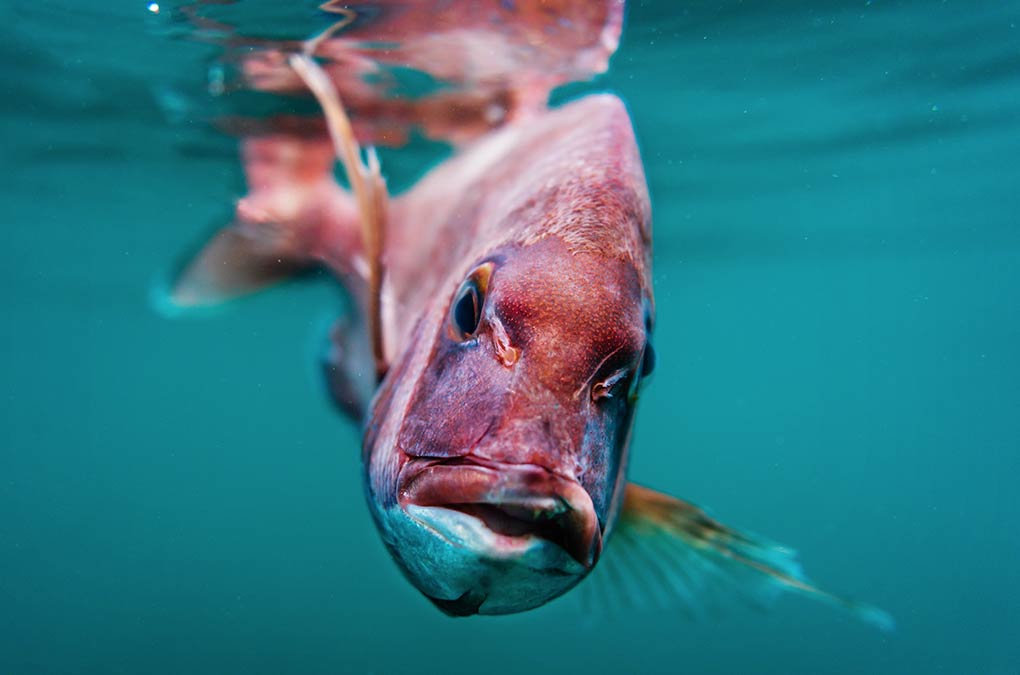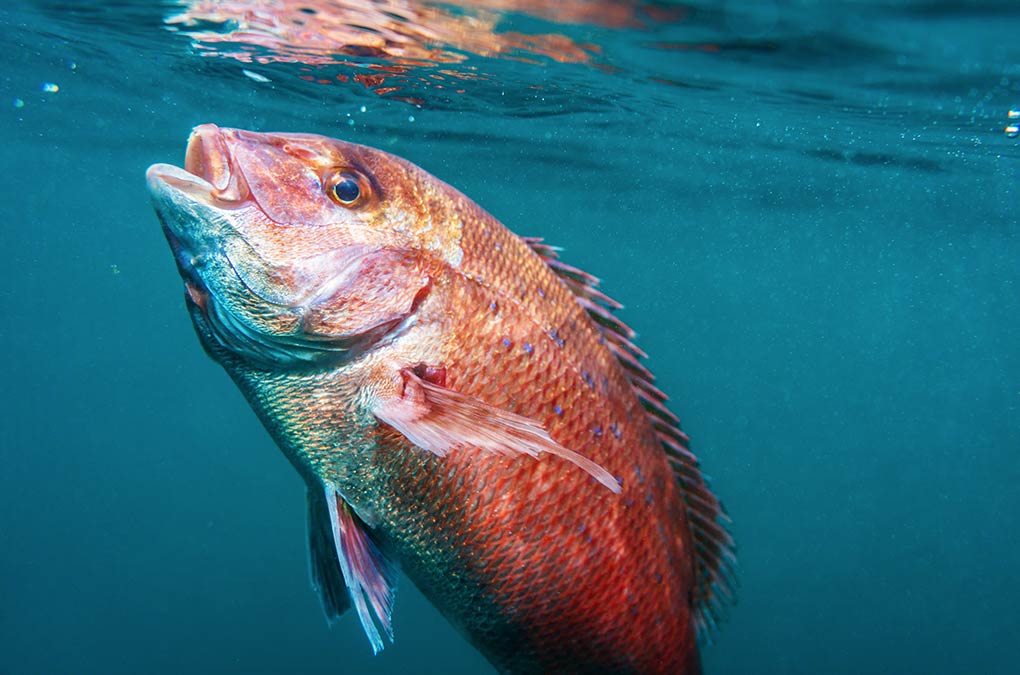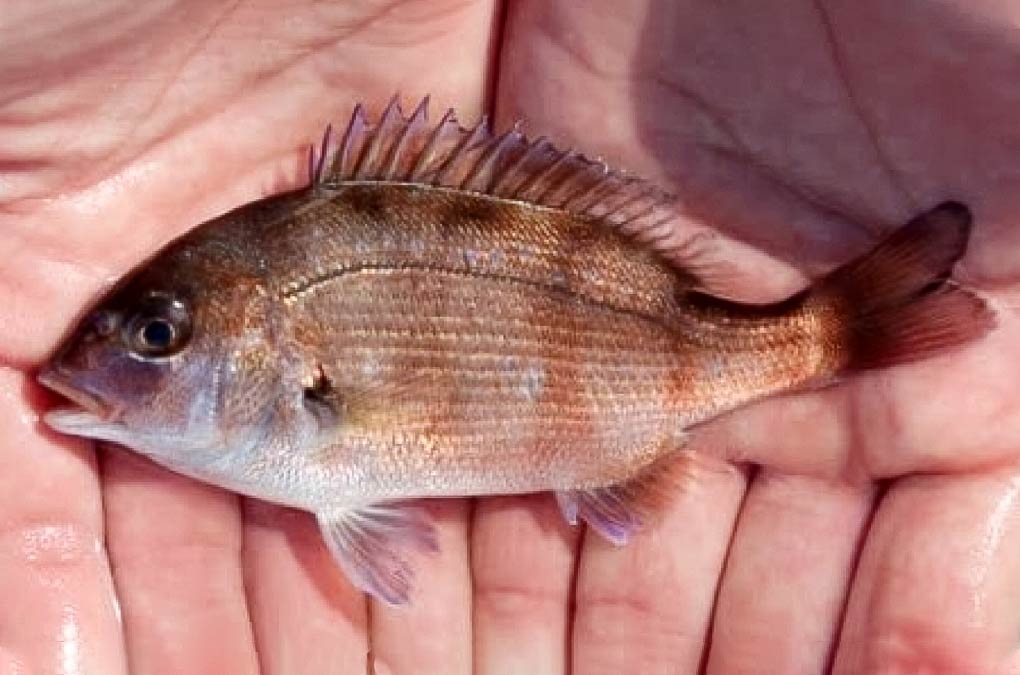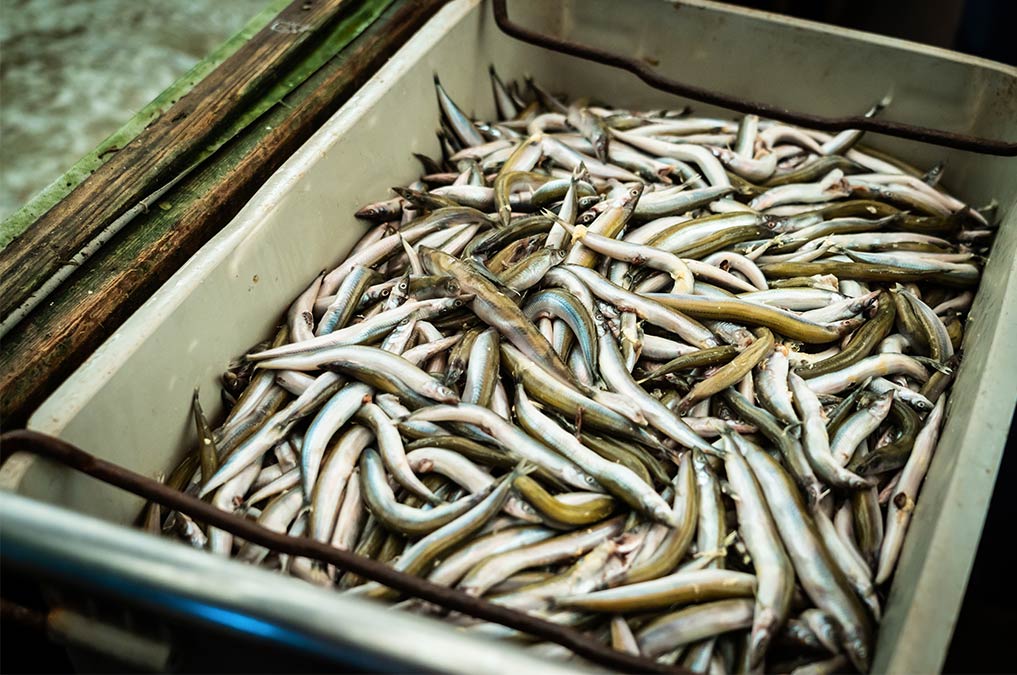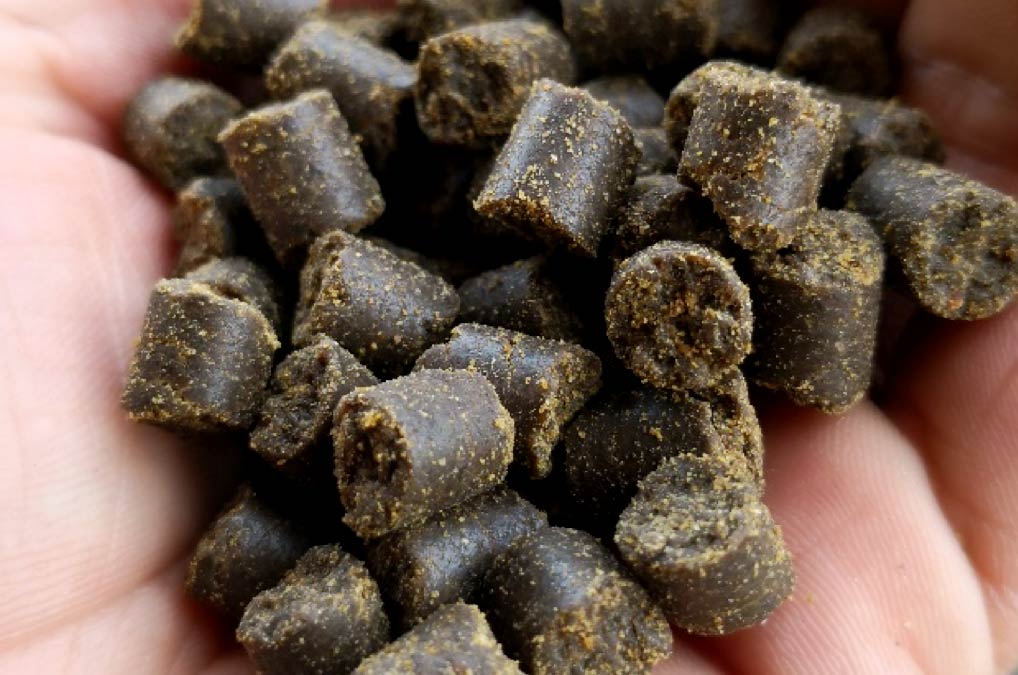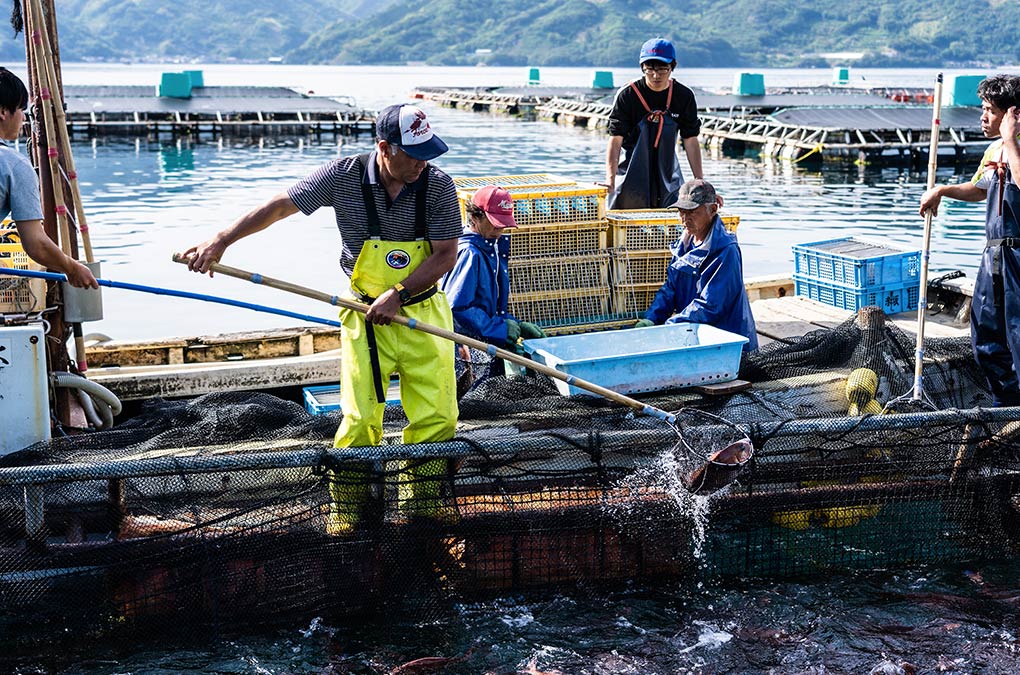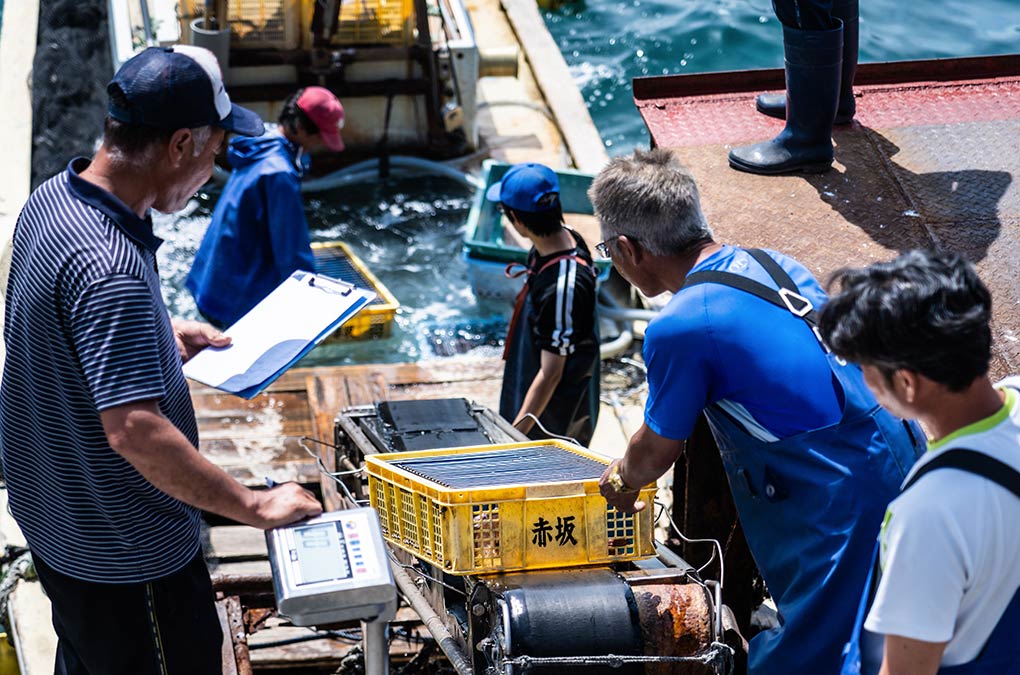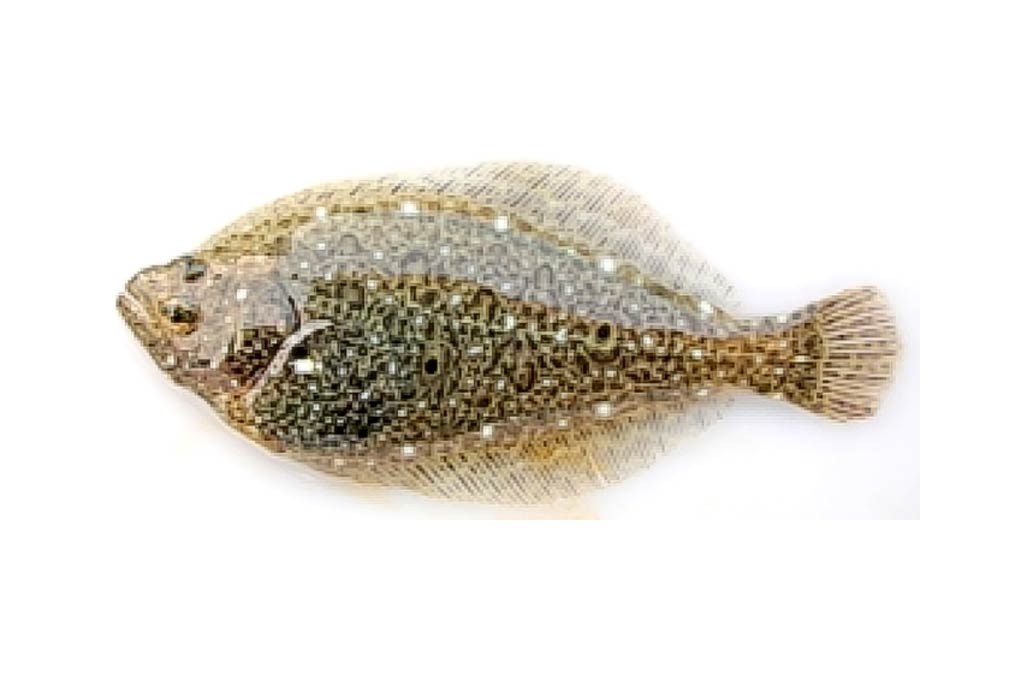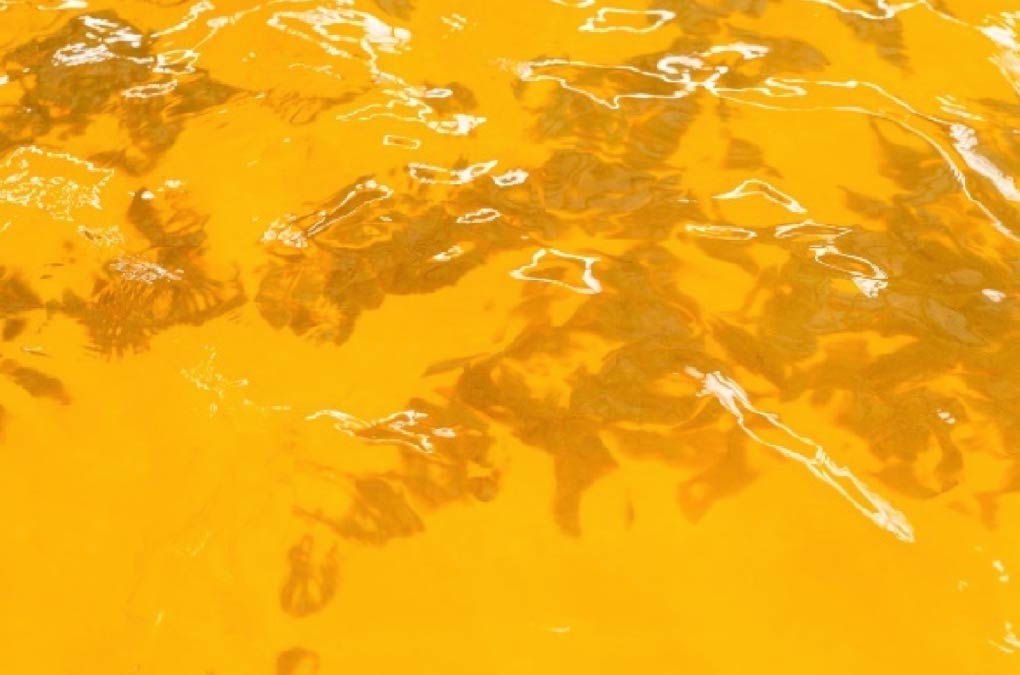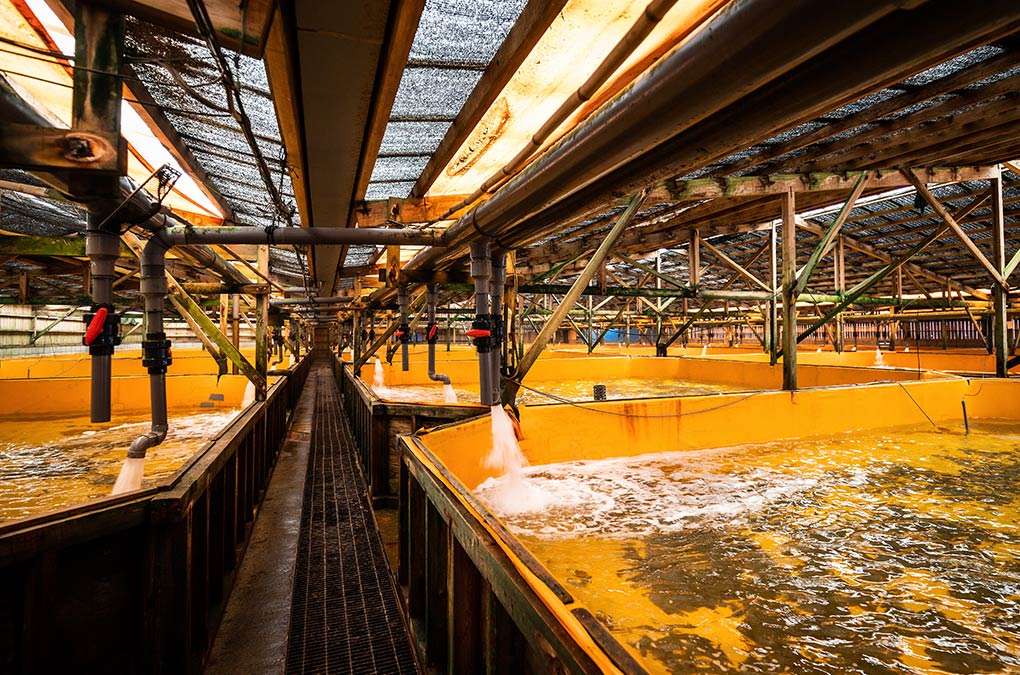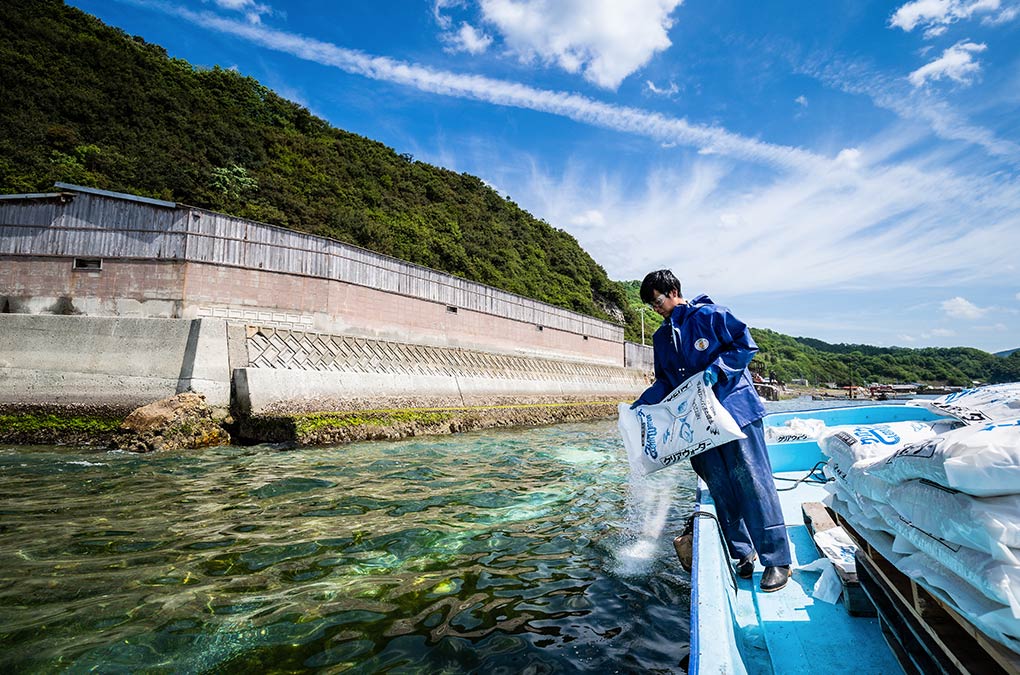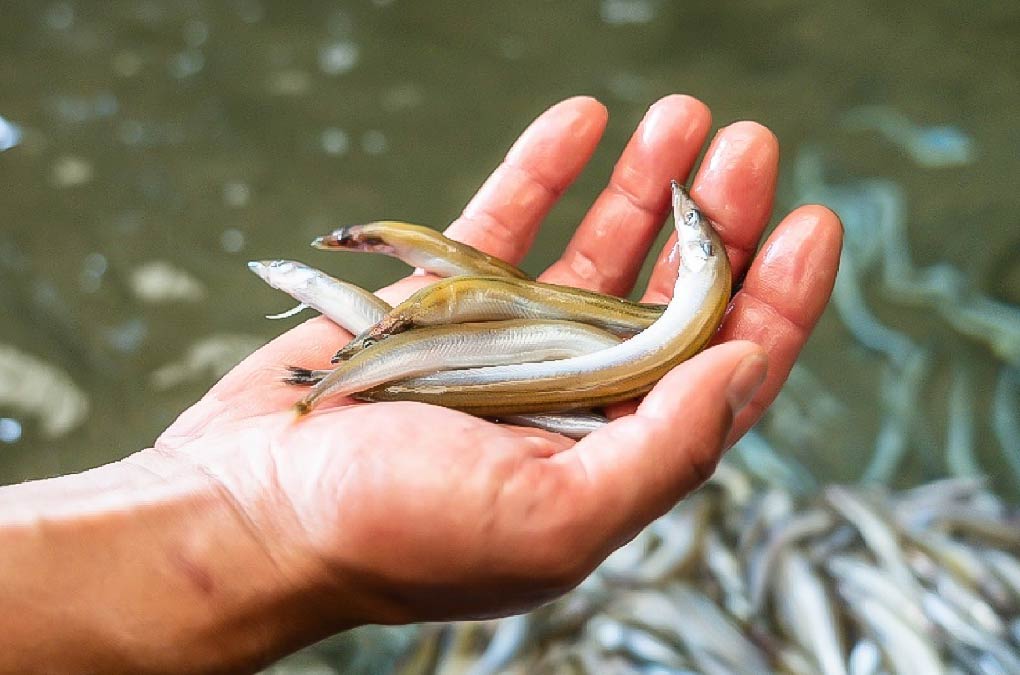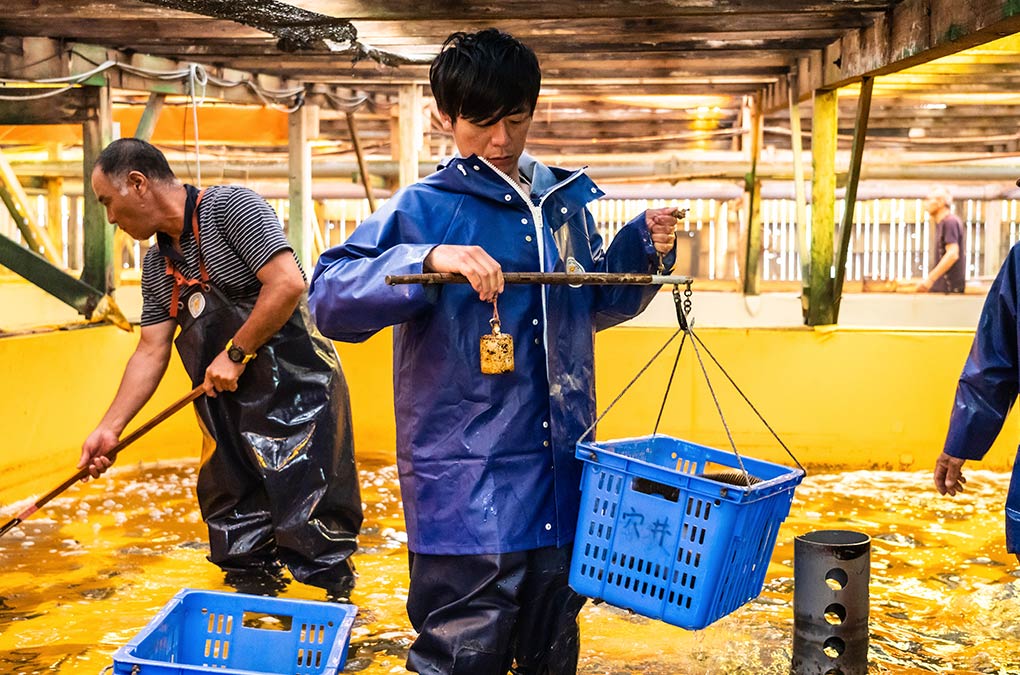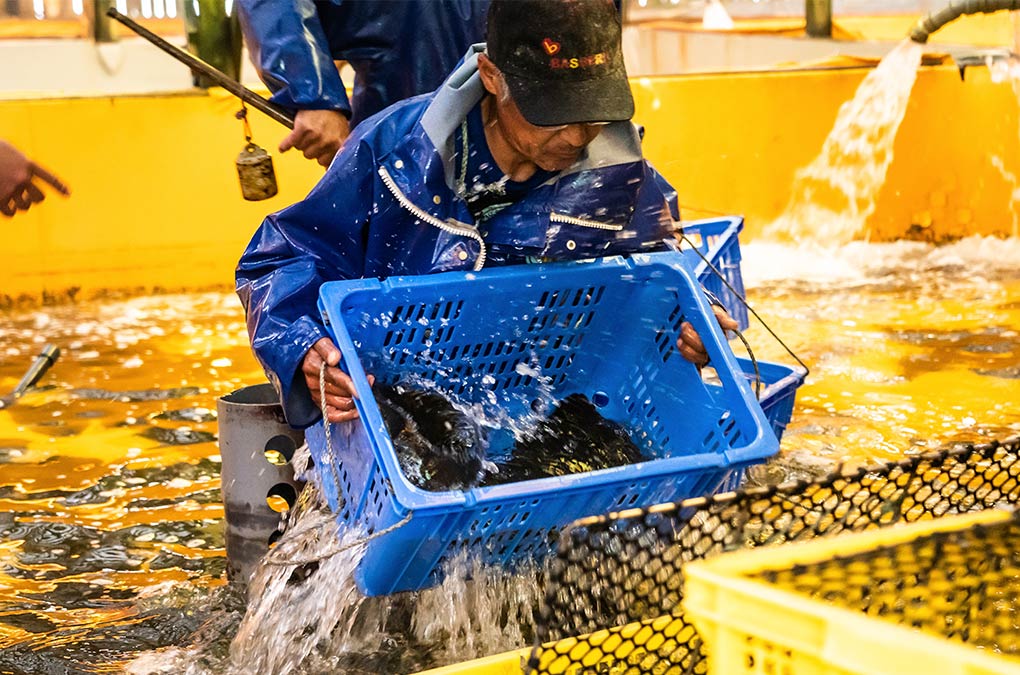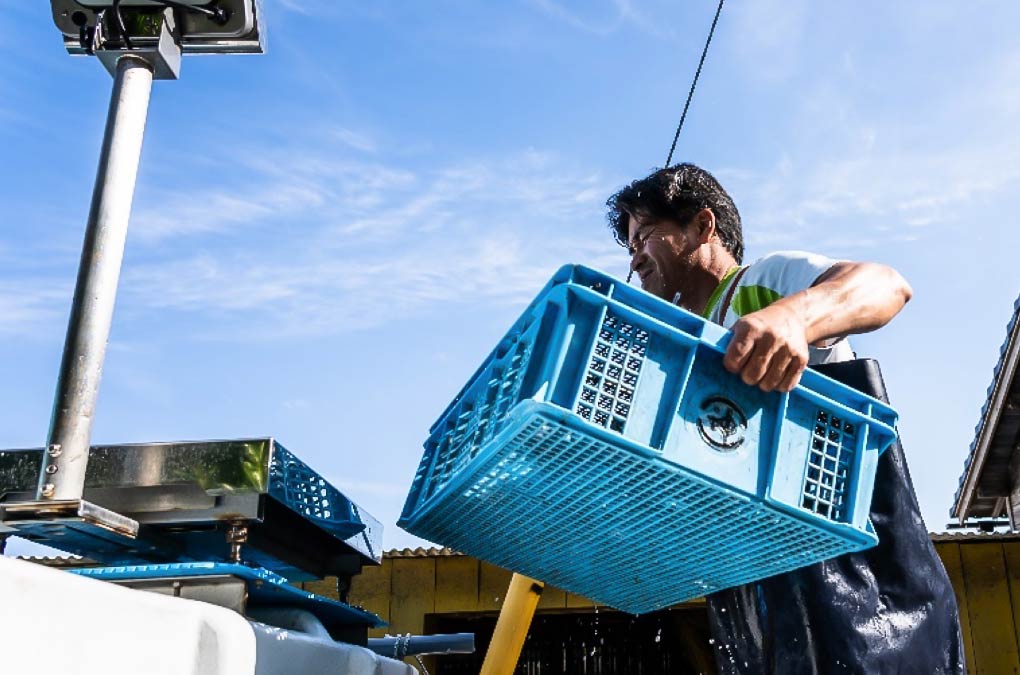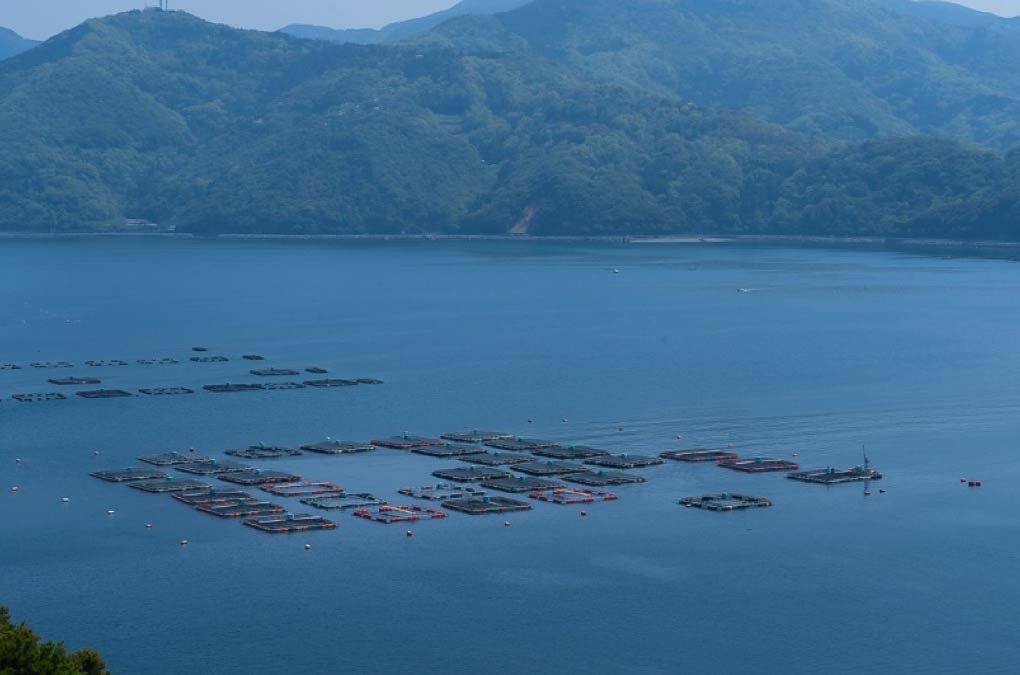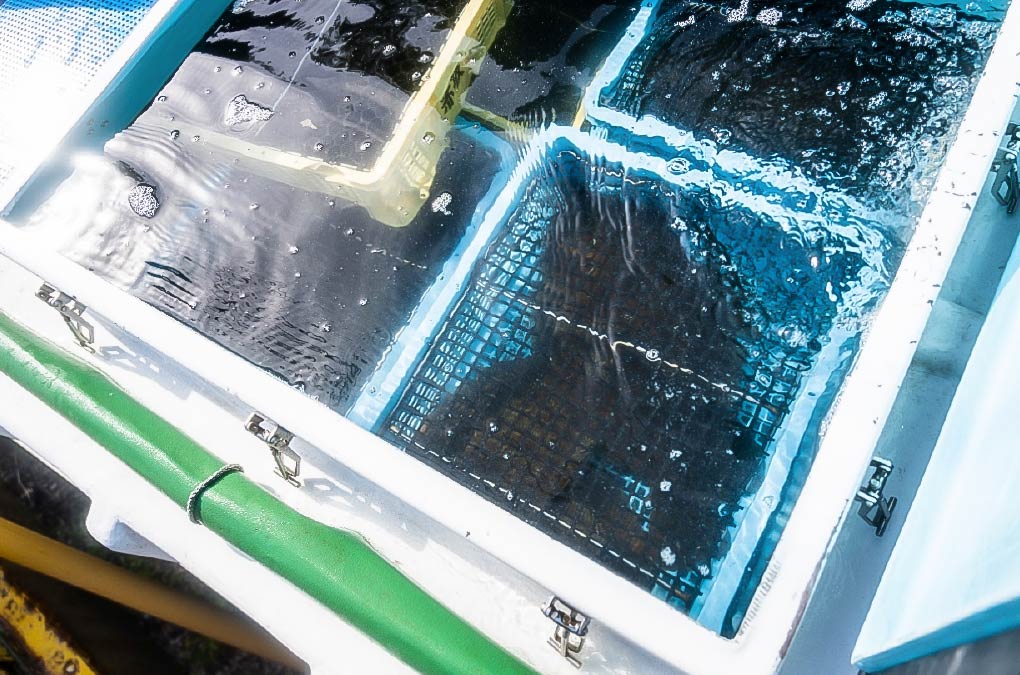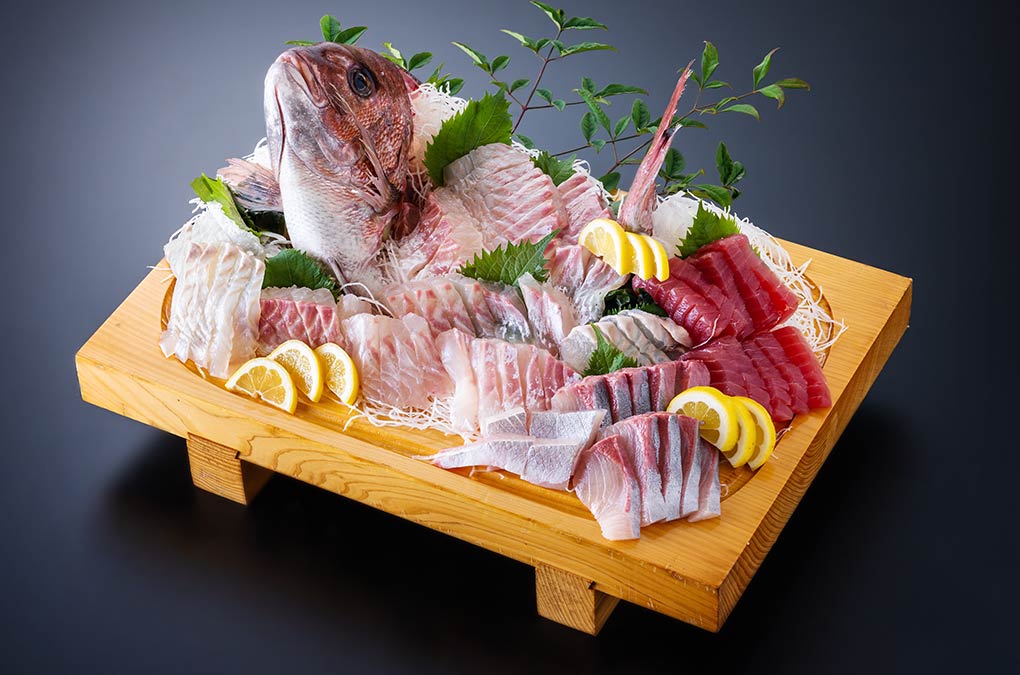About Madai
Q. How long have you been raising Madai?
Cultivate for two to three years. First of all, about 15g fry will be given around May. It will be about 1 kg by the summer of the following year, so we will ship it from there according to your order. Those grown for three years are as large as 3 kg.
Q. Where do you get fry from Madai?
The freshwater mackerel fry receives what the other company has hatched from eggs. Collecting eggs from grown fish and raising them from baby days is called complete aquaculture. As a complete aquaculture cycle is completed, Shini is environmentally friendly to the global environment without relying on marine resources. Furthermore, by selecting a parent fish, it has evolved into a disease-resistant, fast-growing fish. Learn more about how to grow in the fry.
Nearly large-sized madai of Armain Co., Ltd.
https://www.a-marine.co.jp/kindaimadai/
Q. What kind of equipment does Madai grow?
They are grown on the sea using an automatic feeder. Ginger is a 12m x 12m iron frame, a 9m deep net is installed, and a shading curtain for sun protection is covered from above. In the center of ginger there is a bridge where an automatic feeder is installed. By the timer operation of the automatic feeder, it is possible to feed at the same time in the early morning or dusk at which the mackerel eats food well.
Q. What kind of food does Madai eat?
For fish feed, raw feed is raw fish, semi-solid chow moist pellet (MP) mixed with live feed and fish meal, dry pellet mixed with fish meal and soybean, etc., dried, extruder pellet (DP, EP) )there is. In general, we feed MP or DP to the mackerel, but Akasaka Fisheries uses only DP and EP, which are consistently good for fish freshness. In this way, the quality of fish has greatly changed depending on the feed and breeding method used by technological progress. Akasaka Fisheries uses DP formulated with white sesame. By using this food, sesamin and vitamin E accumulated in the body bring about more freshness and health effect.
Exhibitor:”ウォールド君のお魚大百科”
https://www.yoshoku.or.jp/feeding/
Q. How long has Madai been raised?
Cultivate for two to three years. First of all, about 15g fry will be given around May. It will be about 1 kg by the summer of the following year, so we will ship it from there according to your order. Those grown for three years are as large as 3 kg.
1. Capture
A flat net is thrown into the aquaculture ginger on the sea, and after being sunk it will catch the salamander from all sides. After that, shrink the net to make it easy to scoop the salmon.
2. Packing
We inspect the wound that there are 2 m or more of Tamo that I raised, and store it in the case carefully. The case is provided with a partition so as not to be damaged.
3. Loading
Ships from the ship to a live fish car filled with seawater using a conveyor belt. At this time, while measuring the weight, it will be inspected again.
4. Transportation
The loaded fish will be transported to Kansai Central Shikoku market and shops by live fish car. In order to carry live fish for a long time, it is necessary to adjust the water temperature with ice, put oxygen in the water with 2 blowers, remove dirt of the water with 3 filtration, etc., and devise many cares and delicate care.
About Flounder
Q. How long has Flounder been growing?
It is one and a half years at the longest. Flounder gets 15g of fry in March, and in October of that year will be able to get 1kg of Flounder. Some grow up to nearly 3 kg in a year and a half. Flounder can be grown in half the time of Madai.
Q. Where do you catch juvenile flounder fish?
The juvenile flounder also receives artificial hatching. Japanese flounder is also a kind of fish that is completely aquaculture like the sea bream, so it is an environmentally friendly cultured fish species that does not depend on marine resources.
Q. What kind of equipment is Flounder grown?
They are grown on 30 to 60 square meters of aquaculture tanks. A pump is used to pump seawater from a pipe extended to the seabed. The seawater is mixed with oxygen in a machine called aeration to create a comfortable environment for flounder. It drains the circulated seawater into the sea, but removes food and debris so as not to contaminate the sea as much as possible. Furthermore, Akasaka Fisheries is voluntarily spraying water quality improvers in a wide area. It is said to be delicate and difficult to keep, but Akasaka Fisheries has been able to continue aquaculture for more than 35 years by facing the sea.
Q. What kind of food is Flounder eating?
Flounder varies in size depending on the food it eats. For about 2 months, we will supply solid bait that is easy to make small grains. Then I am accustomed to half-lived grain bait for 1 month and feed raw fish after 4 months. Unlike pure sea bream, the flavorful Flounder produces a lot of small flounder on solid bait alone. Raw fish is imported from Norway with a focus on quality and freshness. Perhaps because of that, Akasaka Fisheries’ Flounder is popular without smell.
Q. How is Flounder shipped?
In order to meet orders of various sizes, put on body boots and enter the growing tank and capture with Tamo. Then, put it in a case and load it on a live fish carrier.
1. Capture
Enter the growing tank and capture the desired size flounder.
2. Packing
We measure the weight of Flounder with a special bar-only wooden scale and transfer it to the case.
3. Loading
Loaded into a live fish car filled with seawater. At this time, while measuring the weight, it will be inspected again.
4. Transportation
The loaded fish will be transported to Kansai Central Shikoku market and shops by live fish car. In order to carry live fish for a long time, it is necessary to adjust the water temperature with ice, put oxygen in the water with 2 blowers, remove dirt of the water with 3 filtration, etc., and devise many cares and delicate care.
Q. Where is Akasaka Fisheries raising fish?
I grow fish in Sanpe town in Ehime Prefecture. Sanpe Town is a small fishing village in the southwestern part of Ehime Prefecture. Sanpo Bay features a deeply cut Rias coast and relatively calm waves, so you can always go to ship and feed 365 days a year. In addition, even the temperature of midsummer rises only to around 27 ℃, which is the optimum temperature for flatfish and whitefish, and because oxygen in the water is abundant and disease is hard to occur, it is an environment suitable for whitefish and flatfish. In addition, near the Akasaka Fisheries fish farm, the rocks of the Susaki Coast certified as Japan Geopark are lined up. The beauty of the 400 million-year-old vertical streak layer, which can only be seen here in Japan, teaches us the preciousness of nature.
Q. Is live fish different from fresh fish?
A live fish is a living fish. Fresh fish is a fish that you think is fresh in the shop, and even those that have been dead for several days can be called fresh fish. Therefore, live fish are fresher than fresh fish.
Akasaka Fisheries uses a live fish carrier to bring all the fish alive to the fish market and shops, so the freshness is outstanding.
Q.What is Katujime (Ikejime) ?
Don’t bother living fish and fast-tighten in the right order. It is also referred to as ikejime. You have to stop to eat fish. And the fish which died naturally (it is called “nojime”) suffers from fatigue, internal bleeding, and amino acids that change to umami are consumed, so it becomes easy to lose freshness and taste. The fish pros have a good skill and skillfully maintain their freshness and taste.

